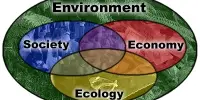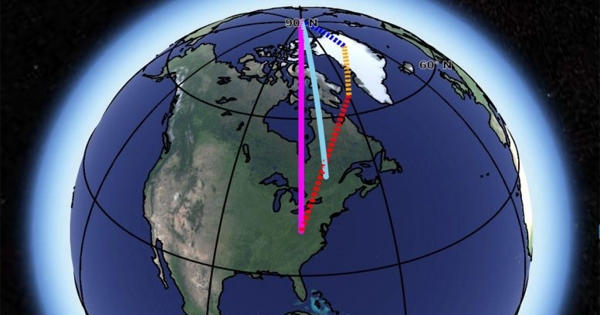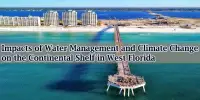An ecological threshold is a point or limit beyond which a relatively small change in some environmental factor can cause a significant change in an ecosystem. When an ecological threshold is crossed, the ecosystem’s inherent resilience may no longer allow it to return to its previous state. It refers to a sudden and irreversible shift in an ecosystem from one state to another, resulting from gradual changes or disturbances. Crossing an ecological threshold frequently results in a rapid change in ecosystem health. This can happen due to factors such as changes in the amount of rainfall, temperature, or the introduction of a new species.
Ecological thresholds represent the non-linearity of ecological or biological system responses to pressures caused by human activities or natural processes. It can have far-reaching effects, as the new state of an ecosystem may have different stability, resilience, and ability to support the same diversity of species and functions as the previous state. Other terms that are closely related include critical load, regime shift, critical transition, and tipping point. For example, a change in the water level of a lake may trigger an ecological threshold, causing the shift from a clear, open water state to a turbid, stagnant state.
Characteristics
Thresholds can be defined as either points or zones. Zone-type thresholds imply a gradual shift or transition from one state to another as opposed to a sudden change at a specific point. Ecological thresholds have sparked interest because many cases of catastrophic worsening of conditions have proven difficult, if not impossible, to reverse (also known as points of no return). Ecological extinction is a prime example of a point of no return.
Ecological thresholds are frequently characterized by hysteresis, which is the dependence of a system’s state on its history. Even if the change is not irreversible, the path back to the original state can be very different from the development that led to the altered state.
In order to manage and protect ecosystems, it is important to understand and identify ecological thresholds and the factors that drive them, as well as to develop strategies to prevent or mitigate the impacts of crossing them.
There are numerous types of thresholds, and detecting the occurrence of a threshold is not always simple. One method is to analyze time series that are thought to show a shift in order to identify a possible jump. Methods for improving and localizing jumps have been developed. Some ecological thresholds, such as clear lakes turning turbid, are well documented, but many more are likely to exist. The Resilience Alliance and Santa Fe Institute’s thresholds database contains over a hundred examples.
















